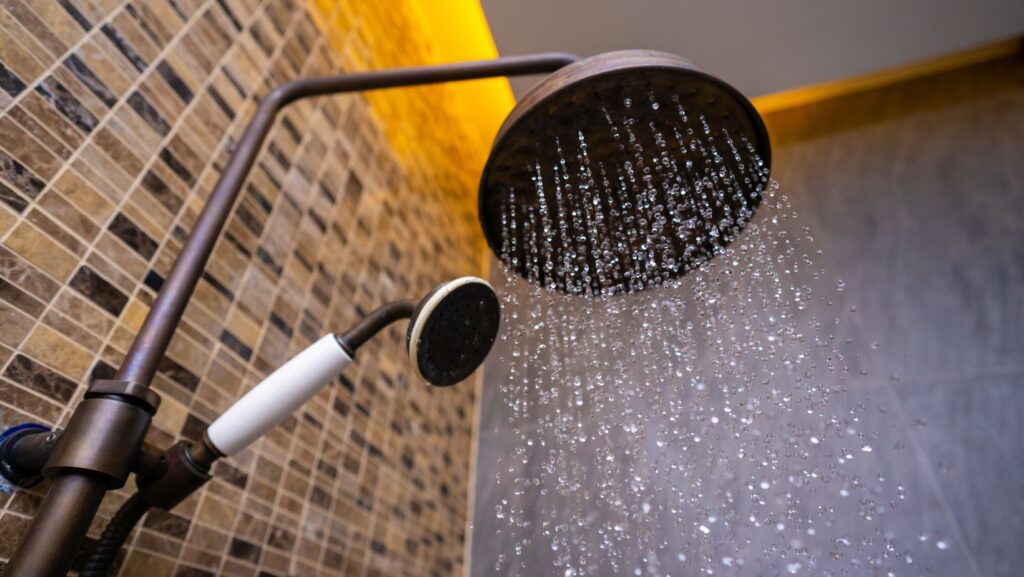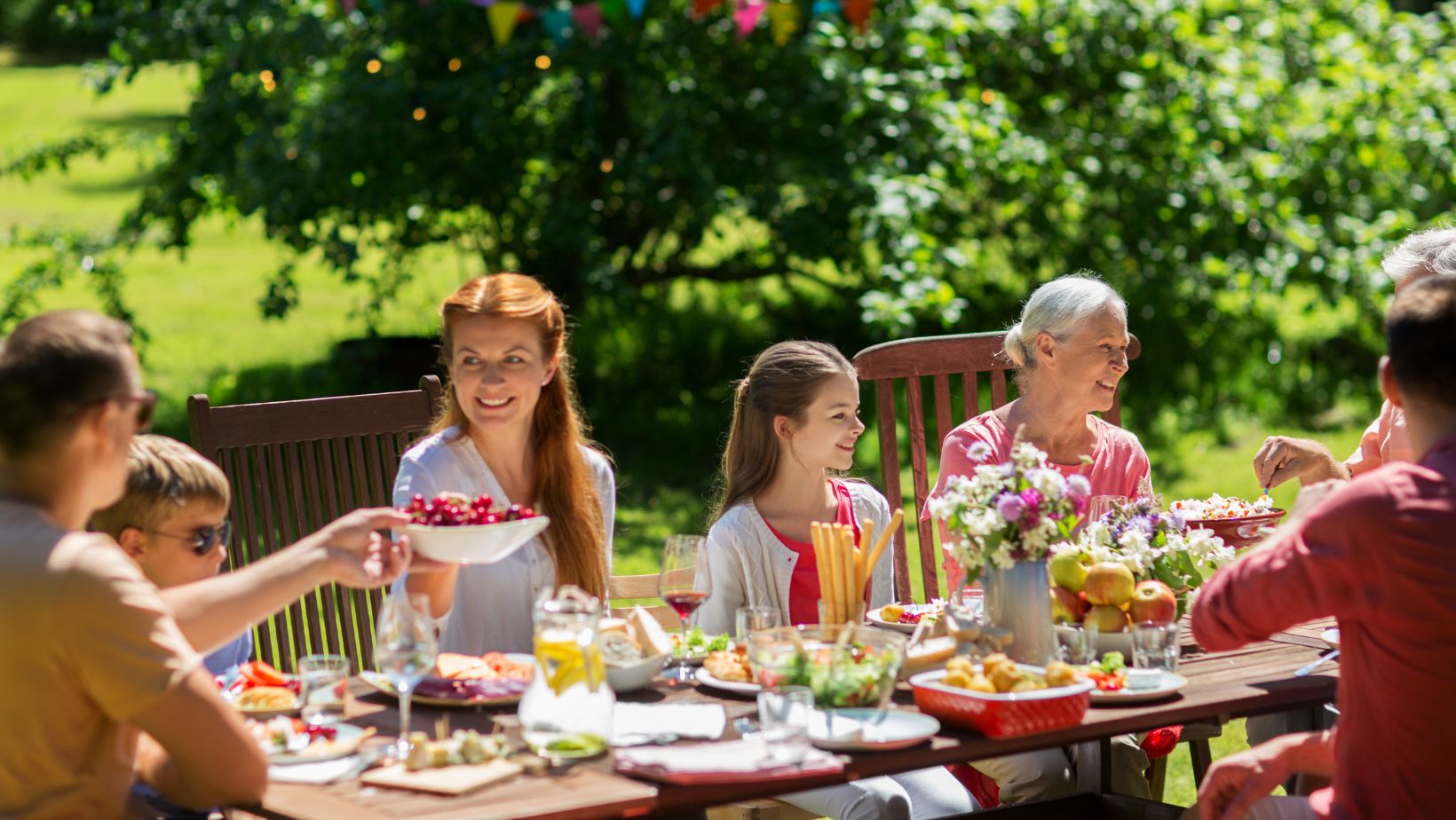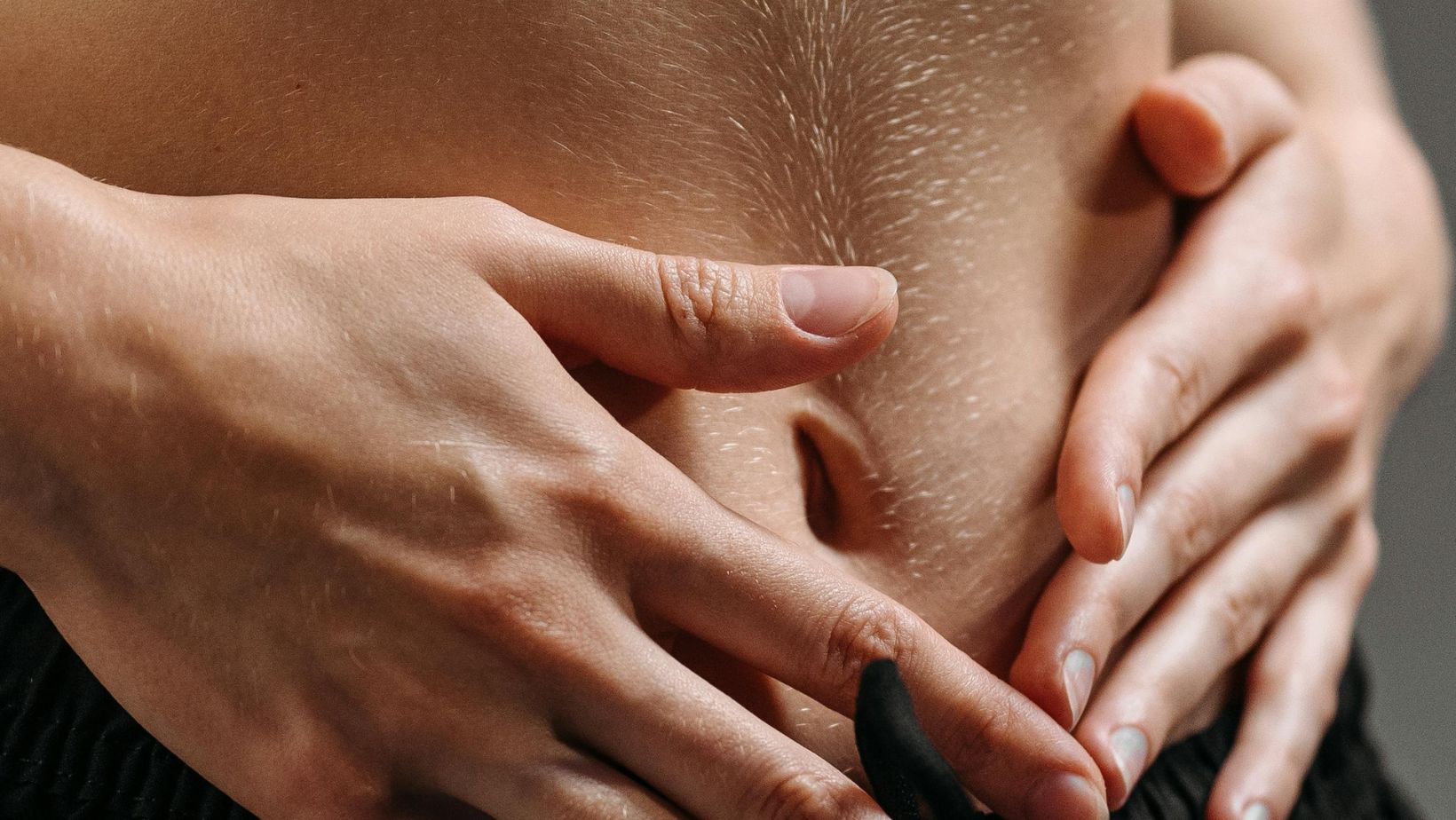Small Upgrades That Make Showers Safer

For older adults or those with limited mobility, the bathroom, particularly the shower, is one of the most dangerous areas in the home. Slippery floors, reduced balance, and difficulty standing for long periods increase the risk of falls. However, safety doesn’t always require expensive renovations. With a few targeted upgrades, showers can be made significantly safer and more comfortable.
1. Add Non-Slip Mats or Tread Strips
Improving floor traction is one of the easiest ways to reduce shower-related injuries. Older adults, especially those with balance or mobility issues, face a significantly higher fall risks in wet environments like bathrooms. In fact, nearly a quarter of Australians over 65 experience at least one fall each year, many of which happen at home. Non-slip mats and adhesive tread strips enhance grip underfoot, offering a quick, affordable way to reduce slipping without any major alterations.
2. Install Grab Rails Near Entry and Within the Shower
Many falls happen while stepping in or out of the shower. Installing grab rails in key areas provides stable support during transitions and while standing. Positioned correctly, they assist with balance, reduce the need to hold onto unstable fixtures like taps or towel rails, and give users more confidence. Grab rails should be securely screwed into the wall and made of rust-resistant materials suitable for wet conditions.
3. Replace Twist Taps with Lever-Style Controls
Standard taps often require twisting motions that can strain stiff or weakened hands. Lever-style controls offer a much easier way to adjust water temperature and flow with minimal effort. Thermostatic mixer taps go a step further by maintaining a consistent water temperature, which prevents sudden changes that could cause a person to recoil or panic, both of which can lead to falls.
4. Improve Shower Lighting
Good visibility is critical in reducing bathroom accidents. Dim or uneven lighting can make it difficult to see water on the floor, soap residue, or the edge of the shower tray. Replacing outdated bulbs with bright, cool-white LED lights enhances visibility. If possible, motion-activated lighting adds convenience and ensures the area is well-lit even during night-time use, helping users navigate safely without needing to search for switches.
5. Use a Handheld Shower Head
Fixed shower heads require the user to move around under the stream, increasing the risk of imbalance. A handheld shower head allows water to be directed where needed without moving the body much. It also enables seated showers and makes it easier for carers to assist without fully entering the space. The adjustable nature gives more control and reduces the physical strain of bathing.

6. Place a Shower Chair or Stool Inside the Shower
Using safe and supportive shower chairs for the elderly can make a significant difference in preventing accidents and improving comfort during bathing. For those with limited mobility or poor balance, standing even briefly can be risky. A sturdy, non-slip chair provides stability, reduces leg strain, and lowers the chance of slipping. Options include lightweight portable stools and wall-mounted fold-down seats, all designed to enhance safety while preserving independence.
7. Raise the Shower Threshold or Use a Shower Step
Traditional shower entries often require a high step, which can be challenging for those with reduced hip or leg strength. Installing a lower-profile shower base or using a sturdy, non-slip shower step helps bridge the gap safely. These additions make it easier to enter and exit the shower without needing excessive lifting of the legs, reducing strain and supporting smoother movements.
A Safer Shower Starts with Small Changes
Improving shower safety doesn’t have to involve major building work. These small yet highly effective upgrades help prevent accidents and promote confidence. For elderly users and those who care for them, a safer bathroom means greater independence, dignity, and peace of mind. Taking action now can prevent injuries later—and create a more comfortable experience every day.




